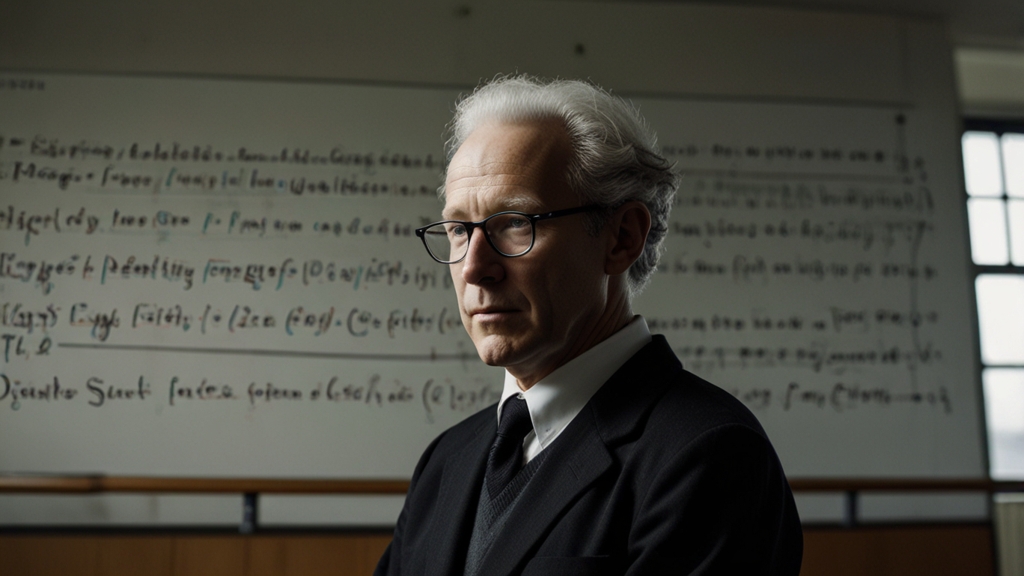Mindfulness in Crisis: Finding Calm Amidst Chaos
In an increasingly unpredictable world, the concept of mindfulness has become more significant than ever. Mindfulness, the practice of being present and fully engaged with the current moment, can provide an anchor of stability in times of crisis. This article explores how mindfulness can help us find calm amidst chaos and offers practical steps to incorporate mindfulness into our daily lives.
Understanding Mindfulness
Mindfulness is the practice of purposefully focusing your attention on the present moment—and accepting it without judgment. This practice has roots in Buddhism and has been embraced in various secular therapeutic settings. By being mindful, individuals can develop a greater awareness of their thoughts, emotions, and sensations, which contributes to a more balanced and harmonious life.
The Importance of Mindfulness in Crisis
During a crisis, whether personal, political, or global, our stress levels can soar, and anxiety often takes over. Mindfulness can serve as an essential tool to mitigate these effects. By focusing on the present moment, we can reduce our reaction to stress, gain clarity, and make more considered decisions.
When we are no longer able to change a situation, we are challenged to change ourselves. - Viktor Frankl
Being mindful doesn't mean ignoring the crisis; rather, it means facing it with greater emotional and psychological resilience. This mental clarity can provide a buffer against the overwhelming waves of uncertainty and fear that crises often bring.
Practical Steps to Incorporate Mindfulness
1. Focused Breathing
One of the simplest ways to practice mindfulness is through focused breathing. Take a few moments each day to concentrate on your breath. Inhale deeply through your nose, hold for a count of four, and exhale through your mouth. This exercise can help you center your thoughts and reduce immediate feelings of stress.
2. Body Scan Meditation
Body scan meditation is a technique where you pay attention to different parts of your body, starting from the toes and moving upwards. This practice helps you to become more aware of bodily sensations, tension, and areas of comfort, promoting a sense of overall relaxation.
3. Mindful Observation
Take a few moments to focus on an object in your environment. Observe it carefully and note its texture, color, and shape. This practice encourages you to focus on the present and can divert your mind from stressful thoughts.
You can't stop the waves, but you can learn to surf. - Jon Kabat-Zinn
Mindfulness in Everyday Activities
You don't always need to set aside special time to practice mindfulness. Here are a few ways to incorporate mindfulness into your daily routine:
1. Mindful Eating
Pay attention to the taste, texture, and aroma of your food. Chew slowly and savor each bite. This not only aids in better digestion but also helps you to appreciate your meals more fully.
2. Mindful Walking
During your walks, notice the sensation of your feet touching the ground, the air against your skin, and the rhythm of your steps. This can make your walks a meditative experience.
3. Mindful Listening
When conversing with someone, really listen to their words without planning your response. This not only improves your relationships but also helps you stay grounded in the present moment.
Conclusion
Mindfulness is not a panacea that will make crises disappear, but it is a powerful tool to manage stress and cultivate inner peace. By practicing mindfulness, we can navigate turbulent times with grace and resilience, finding calm amidst chaos. Integrating mindfulness into our daily lives can empower us to face any storm with a serene and focused mind.







